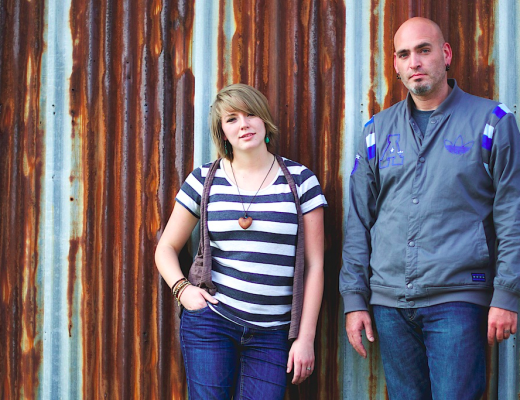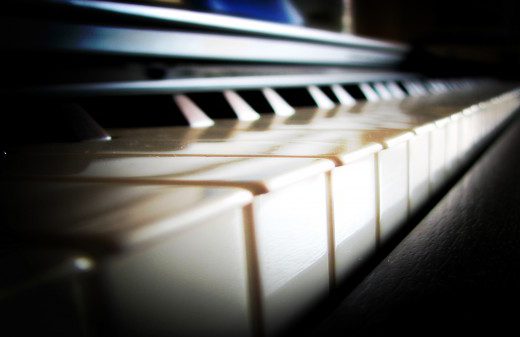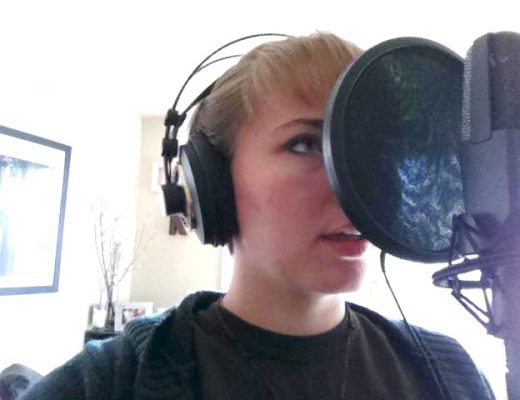If you ever come to Nashville and record an album, there are certain words and phrases you will need to be familiar with. So here are some helpful instructions.
{Ahem}
A Lesson on Nashville Lingo
“Scratch Tracks”
You make these first, usually with just one or two instruments and a voice. This track will never be heard outside of the studio, but you use it throughout the whole project as a reference while you’re adding instruments.
“Basic Tracks”
Drums, bass, and sometimes guitar and piano. These are the first “real” tracks you put down. You start with this to get a good feel for the song before you go adding all kinds of other things.
“Over-dubs”
The all kinds of other things. Strings, organs, wine bottles, glockenspiel, Omnichord, harmonica, Melodica, accordion, chimes, synthesizers, horns, ukulele, piano, etc. When you over-dub your song, it becomes unique and beautiful and finished {and this is usually the most fun part}.
“Click Track” or just “Click”
It’s your beat-keeper. You choose your tempo, set your “click” to match it, and then have it playing in your ears while you record all the other instruments. Like your “scratch tracks”, no one will ever hear the “click” outside of the studio, but it helps everything stay cohesive.
“Listen Down”
When you record, you spend a lot of time listening to parts of songs, stopping them, adding other parts, fixing broken parts. So “listening down” is when you listen to a song all the way through without stopping.
“Punch”
Let’s say you are “listening down” to your “basic tracks” and you find a little mistake in the drum track. You can tell your friend working the buttons to “punch it” or to “punch me in”, which means he will play back the part with the mistake while you re-record the correction over top of the mistake, replacing the mistake. It’s like whiteout, but digital. And for music.
“Take”
For each instrument, you will do several “takes”, which means you will play through the entire song several times and you will save each time.
“Comp”
This is like “punching”, but it comes in later. You don’t need to be sitting at the instrument, because “comping” is just done on the computer. This is where you take that really amazing ending from “take” #2 and replace the not-so-amazing ending from “take” #3. In a sense, you are copying and pasting all of the best parts of all of the “takes” in order to make one really amazing “take”, which will then become your final track.
And for a little extra credit…
“BGVs” = Background Vocals. That’s an easy one.
There now. Don’t you feel prepared?
Here is a little video I took today for your listening pleasure. You can hear the scratch track and some of the basic tracks.
photo by Brian Wolfe(y)





2 Comments
OOOOOoooo I hear that Crags & Clay-ish rhythm in there ;) Nice choice! I love the complexity.
Well….here’s the problem. You’re right. It actually ended up being TOO close to Crags and Clay. Which we didn’t realize until I was actually out of Nashville, so he’s just changing the instrumentation a bit to make it more unique. What can I say? Gungor is in my blood :)